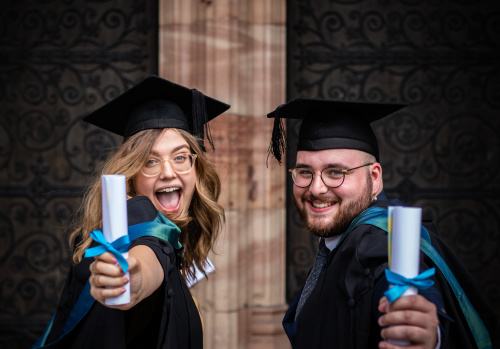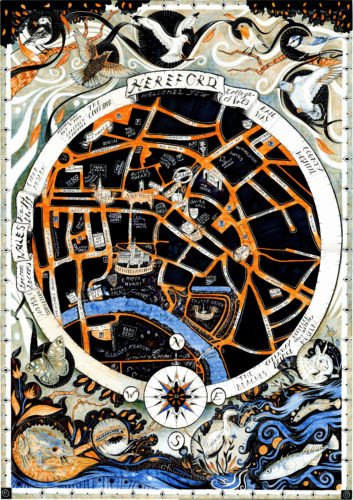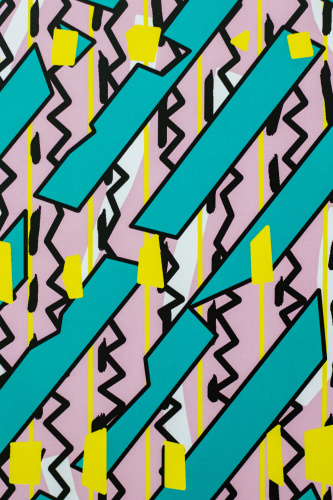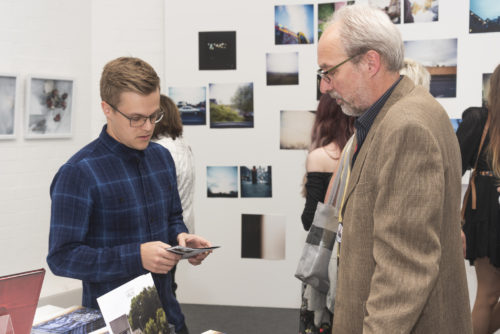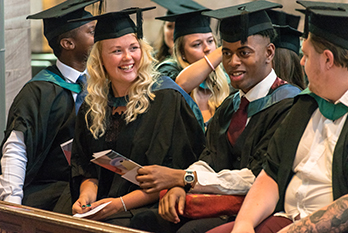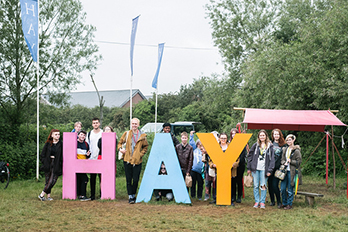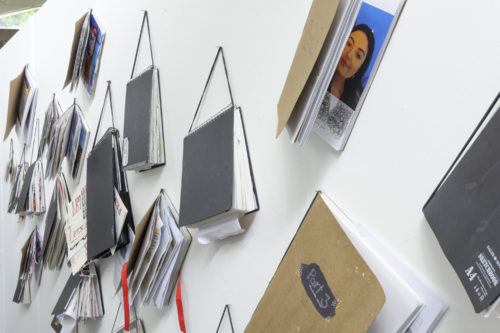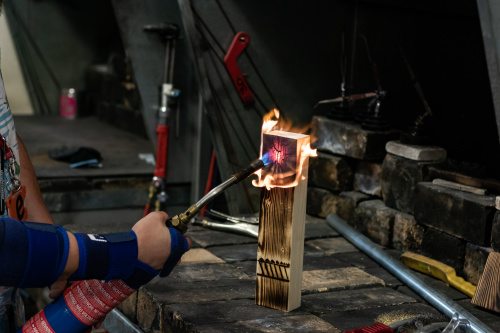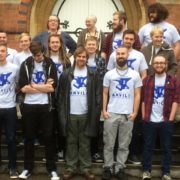Scholarly Curriculum Development – Part 2
Published on 09.10.16
Reading Time – 2 mins I’m excited that our scholarly curriculum development work at Hereford College of Arts has now entered its second phase. Following a previous HE staff workshop we’re now entering a wider consultation phase which aims to gather ideas from staff and students around: Collaborative Modules What kinds of projects would support
Categories
Reading Time – 2 mins
I’m excited that our scholarly curriculum development work at Hereford College of Arts has now entered its second phase. Following a previous HE staff workshop we’re now entering a wider consultation phase which aims to gather ideas from staff and students around:
Collaborative Modules
What kinds of projects would support whole-college collaborations on the lines of the Hay Festival?
Elective Modules
What sorts of skills could be delivered through short elective modules, and how could these be structured to best support our students?
New Courses
What kinds of new courses might we offer?
Creative Futures
What types of key skills might we offer our students to support their creative futures.
You can see below how we’ve transformed the ‘research room’ wall into a place to share ideas and reflect on the process.



The last section is perhaps particularly compelling. It can be argued that the value of a creative education goes far beyond the practical craftsmanship and skills earned in the studio and that skills learned working within the community, on live briefs and as part of external collaborations are those that will support our students most in their creative journeys.
Further to this we then have thinking skills such as ‘design thinking’ taught within crafts modules which support a student in understanding their design process and meta-awareness. I had a super-interesting meeting with James Smith, our CDC course leader earlier this week where he discussed how he adapts an existing model of the design process and builds on it in order to empower Level 4 students in developing their own individual studio processes.
The Anatomy of Employability in Visual Arts Subjects, a research project carried out between Glasgow School of Arts and Bucks New University puts forward some interesting points regarding the particular ‘employability’ skills a creative education can support. I am looking forward to finding out what kinds of skills we identify as already part of the arts curriculum modules we teach and how these might be developed and made more explicit as core or key scholarly skills.
I’m also looking forward to finding out what we might do with elective modules. These are little spaces created in the curriculum so that students, staff, employers and the institution can work together to run projects, activities, lectures or workshops and have the potential to be true ‘scholarly spaces’ for the 21st century that are flexible, adaptable and cover the three domains of ‘thinking’, ‘being’ and ‘knowing’ put forward by Barnett and Coate (2005).
We have also created a digital space on our college VLE that mirrors the physical ‘wall’ -and if anyone is reading this post who has any ideas they would like to share please post them via the comments box below. Although you’ll have to visit the research room wall to reflect in a comfy chair with a biscuit:

Reference
Barnett, R. and Coate K. (2005) Engaging the Curriculum in Higher Education, Maidenhead: Open University press.
